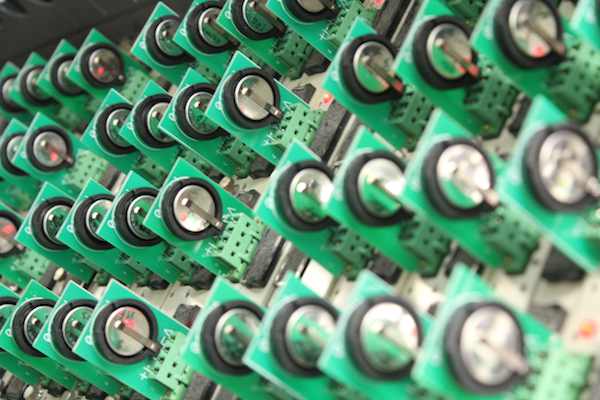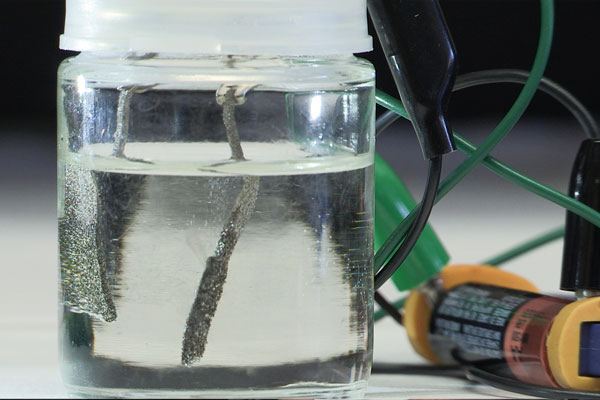Researchers at the University of Michigan have devised a technique using mass-producible methods to fabricate thin films of LLZO ceramic, which could help improve the safety of lithium-ion batteries.
Read MoreResearchers at North Dakota State University (Fargo, N.D.) in collaboration with Pacific Northwest National Lab (Richland, Wash.) have made important progress in an alternative strategy to incorporate silicon into the anodes of lithium-ion batteries: silicon nanowires.
Read MoreResearchers at Kansas State University are exploring new glassy ceramic material combinations and electrode designs that will afford lithium-ion batteries with high capacity, efficiency, and stability as well as high mass loading.
Read MoreResearch from the University of Illinois at Chicago shows that magnesium ions—with two positive charges—can replace single-charge lithium ions in future batteries.
Read MoreA group of researchers from Stanford is leading a new charge—their simple water splitter only needs a AAA battery and skips the precious metal catalysts present in other splitters, making a cheaper device that shows promise for making a hydrogen future all the more possible.
Read MoreIn his interview with MaterialsViews, Jaephil Cho talks about his work on new lithium battery anode and cathode materials at the Ulsan National Institute of Science and Technology. Cho, who…
Read More




